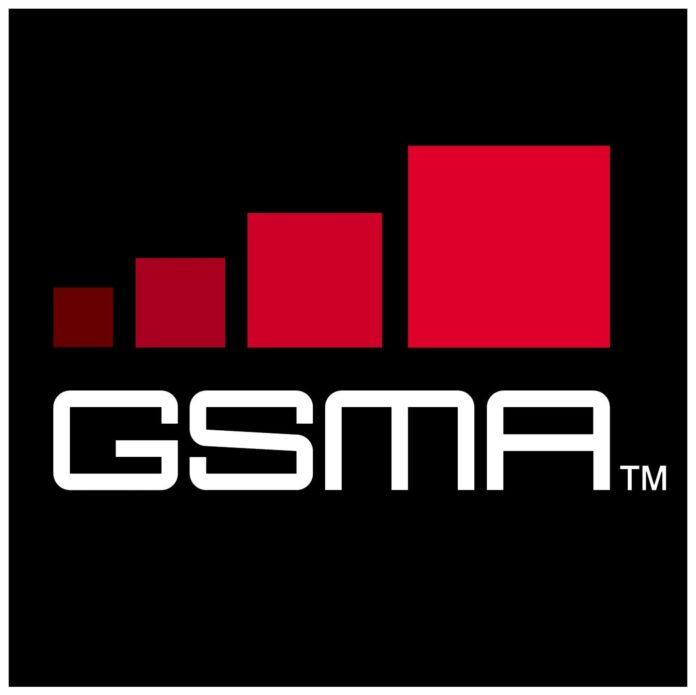Projections show that North America will have 50% of people covered with 5G in 2025
LOS ANGELES–From the perspective of GSMA’s Head of North America Ana Tavares, North America is ahead of the curve when it comes to 5G. At Mobile World Congress LA, Tavares told RCR Wireless News that while Korea and China are really “pushing hard” to establish 5G networks, North America “definitely” remains at the forefront.
Reiterating what GSMA General Manager Mats Granryd said in his keynote address earlier that morning, Tavares also brought up that some projections show that North America will have 50% of people covered with 5G in 2025. “That’s pretty impressive, especially when you compare it to Europe,” she added.
When questioned further about how exactly that type of coverage will be possible given the state of spectrum, she pointed out that 5G has come to actuality much faster than any other “G” before it, and that the reforming of spectrum will go a long way in securing wide 5G coverage in the U.S.
“Most of the U.S. carriers have already sunset on 2G and the 3G sunset is on the way, so they will also be able to reform that spectrum, as well,” she said. “Dynamic spectrum sharing will also allow U.S. carriers to reuse spectrum for 5G.”
Tavares is very excited about the possibilities that narrow band is bringing to the cellular space.
“With narrow-band,” she explained, “go from a battery life a few days to a few years.” This, she continued, makes certain things that seemed impossible for the mobile network to compete in terms of connectivity, suddenly possible.
“I mean, a Wi-Fi module is now pretty much the same price as a mobile one,” she added for emphasis.
She is not claiming, however, that cellular will replace Wi-Fi, even as it enters spaces it previously had limited capabilities for, such as enterprise and industry verticals. Rather, she expects a more complimentary relationship between cellular and Wi-Fi moving forward, especially because most carriers are deploying both.
“Wi-Fi is important to offload a lot of mobile network traffic and for coverage, but there are things that, depending on the use case, that the mobile technology will probably be more important. But most carriers are deploying both, so I don’t think it will competitive anymore, but more complimentary,” Tavares said.
Like many at this year’s MWC in LA, GSMA believes that the mobile industry is on the cusp of a worldwide revolution. This revolution, according to Tavares, will be created by a lot of different technologies—like IoT, machine learning, artificial intelligence and perhaps the final piece of the puzzle, 5G—coming together. “It will be a revolution probably like what we saw when we went from 2G to 3G where there was the creation of things that we didn’t really even imagine, and I think we’ll see that here. And soon.”

